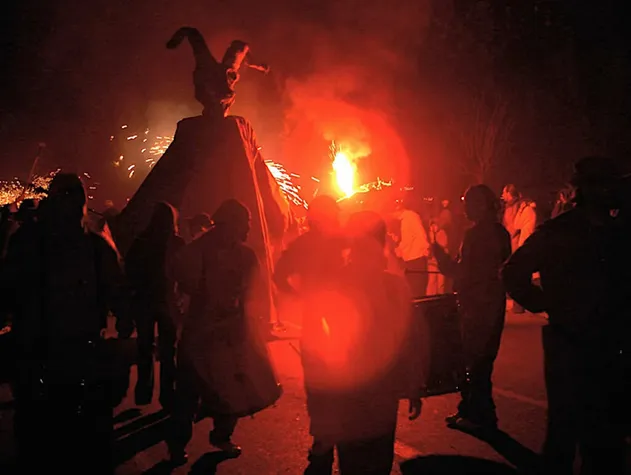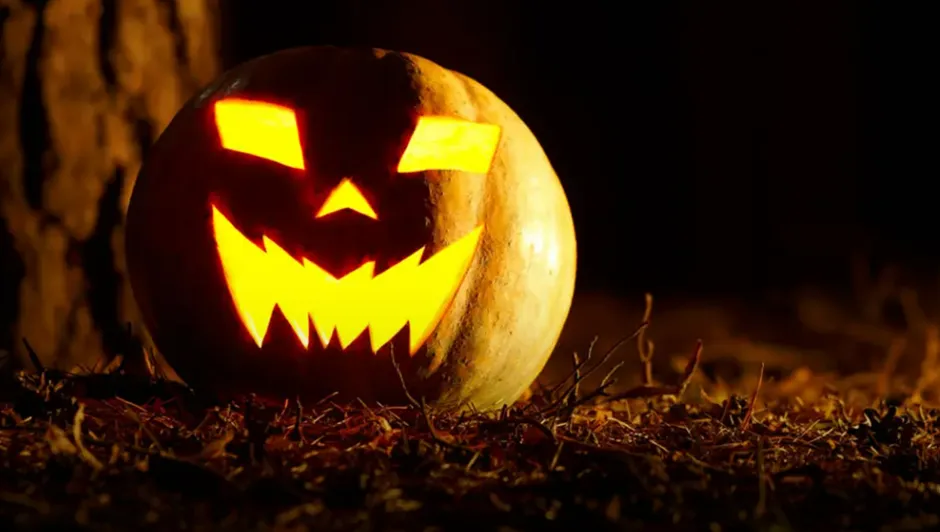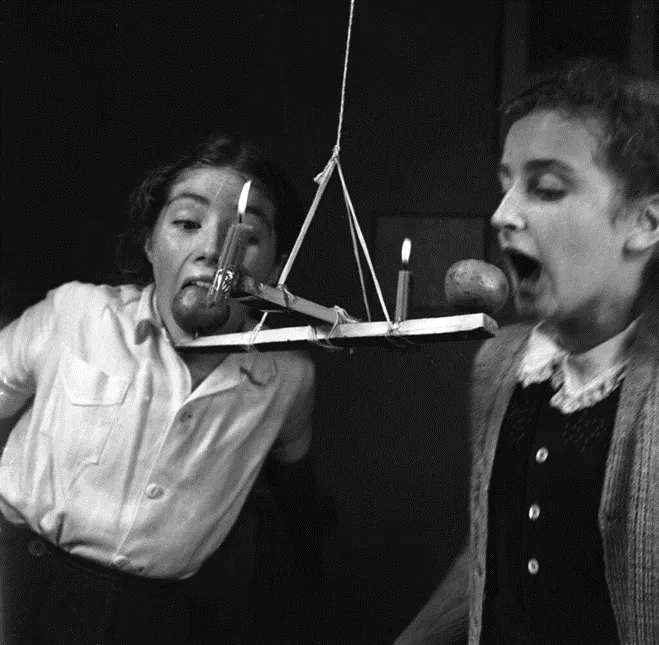All Hallows Eve
Katrina Borthwick - 14th October 2024
Halloween wasn’t really a thing growing up in New Zealand over 40 years ago, but it seems to have taken off in the last few decades. No trick or treaters have been determined enough to find their way to the top of the hill where I live, and I’ve now stopped buying lollies to save our waistlines at home. If we do ever get one, we’ll need to think of a really good trick - or worse, give them fruit.
Samhain and the coming of the spirits
Halloween, or All Hallows Eve, stems from the Celtic festival of Samhain (pronounced “sah-win”). It marks the end of the harvest and beginning of winter. Autumn. It is halfway between the equinox (equal length of day and night) and winter solstice (the shortest day). As we are in the southern hemisphere, it hits in our Spring. And that’s when things really start to warm up for us.
Samhain begins at sunset. This is because Celtic days begin at sunset too. This is possibly where the tradition of celebrating Christmas Eve and New Year’s Eve come from. In their minds Celts were actually celebrating the start of the day, not the night before.
At sunset, bonfires were lit and strange disguises were donned in order to confuse the spirits that walked the earth during Samhain. They also left out food to appease any spirits that did pass by.
The huge bonfires attracted insects, which in turn attracted bats. Superstition held that bats were harbingers of death. Black (death) and orange (autumn harvest) are the same colours used in Halloween decorations today.

All the Hallows Saints and Souls
Later ‘All Saints Day’ was started by pope Gregory III, and this was celebrated on 1 Nov to honour saints. It incorporated the Samhain traditions into Christianity, in an attempt to usurp it. The evening prior was renamed ‘All Hallows Eve’ and the following day (2 November) became ‘All Souls Day’. Like the Celts, the Christian’s believed that spirits walked the earth during this time.
‘All Souls Day’ is a Christian commemoration of the faithful departed. The ‘faithful’ refers to those that are baptised, and the ‘departed’ refers to those in purgatory. ‘Purgatory’ is a place souls go before heaven. It is a Catholic belief that the souls in purgatory can have their purification of past transgressions assisted by the actions of the faithful on earth through prayers, deeds, alms, and holy mass. Once they are fully purified, the souls can finally leave purgatory and enter heaven. Hence what is called ‘the prayer for the dead’, which appears in other faiths as well.
The Legend of Stingy Jack
Halloween crossed the Atlantic to the US in the minds of Irish immigrants during the potato famine. As a part of this, there is an Irish legend about Stingy Jack who repeatedly trapped the devil and only let him go on the condition that the devil would not take his soul.
In the legend, Stingy Jack invited the Devil to have a drink with him, but didn’t want to pay for it. He convinced the Devil to turn himself into a coin so they could use it to pay. But, instead of paying, Jack decided to put the coin in his pocket next to a silver cross, which prevented the Devil from changing back into his original form. He bargained for a year’s peace, where the Devil could not claim his soul if he died. Later, Jack tricked the Devil into climbing a tree, then trapped him again by carving a cross in the tree trunk. He bargained for another ten years.
Stingy Jack did die, and the Devil didn’t take his soul as agreed, but it turns out heaven didn’t want him either. So, he now wanders earth as a ghost forever.
The Devil gave him a burning lump of coal in a carved-out turnip to light his way. These Jack’o’lanterns, like the bonfires before them, were thought to frighten off evil spirits. Later in America pumpkins were used instead of turnips.

The Treats
The practice of ‘trick or treating’ may stem from a few traditions.
The celts left food out to appease spirits wandering the earth at night during Samhain, and dressed as spirits. This may form the basis for some of what we see today.
There is also a Scottish practice of ‘guising’. This is a secular version of ‘souling’, where the poor collect food and money from local homes in return for prayer. In ‘guising’ there are no prayers; instead songs, jokes and other ‘tricks’ were offered up.
A German-American Christmas tradition, “belsnickeling”, also resembles trick or treating. In that tradition children dress in costumes then ask adults to guess who is disguised. In one version children are given treats if nobody could identify them.
The Tricks
Along with the treats come the tricks, the origin of which seems to be from something called ‘Devil’s Night’, which in turn may have its origins in the pranking aspects of May Day, Samhain and later All Souls Day.
‘Devil’s Night’ probably comes from something called ‘Mischief Night’. Again, we can blame the Irish (and Scottish) immigrants for bringing ‘Mischief Night’ to America. This happened on the day before May Day, when the young pranked others by “switching shop signs, overturning water tubs and trapping people inside their houses”. There is also an account of a Mischief Night on the eve of Guy Fawkes Day - November 4 - where youth removed people’s gates to their houses.
As you can imagine, Mischief Night annoyed a lot of people, including the Police. In 1980s Detroit things got so bad that there were over 800 fires on the three days before Halloween. So a curfew was put in place for everyone under 18. Volunteers were enlisted to help with the fires and keeping order – leading to it being called ‘Angel’s Night’ in the mid-90s.
Apples and Romance
Another weird thing Americans apparently do on Halloween is bob for apples. That is, float some apples in a barrel and try to pick them up with their teeth.
The origins of this puzzling practice go back to the ancient Roman festival for the goddess of Pomona, the goddess of agriculture and abundance. This festival was brought to Britain with their invasion (43 AD). The festival then blended with Samhain. For those of you who know French, you will note the similarities to “pomme”, the French word for “apple”.
Bobbing for apples was actually a courting game, with each floating apple representing a potential husband. If a woman got the apple first time, it was marriage. On two tries, it would mean she would be courted but the relationship wouldn’t work out. Three tries meant no marriage was fated.

Variations of this game evolved, including the woman putting the apple under the pillow and waiting for her dreams to reveal her future husband, throwing apple peels to reveal the initials of their future husband (the ‘s’ has it), and one with candles and apples on a balancing stick.
That later game was called ‘snap apple’ and for some reason it was eventually decided that it was a bit dangerous.
Can’t think why.